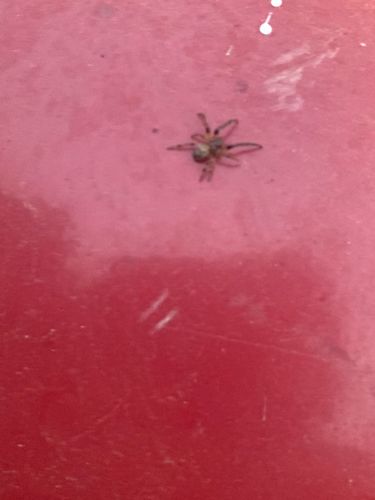Crab Spider
Scientific Name: Thomisidae (family)
Order & Family: Order: Araneae, Family: Thomisidae
Size: Most adult crab spiders range from 2 mm to 10 mm in body length, with females usually being larger than males.

Natural Habitat
Crab spiders are commonly found in gardens, meadows, fields, and other areas with flowering plants where they can ambush prey. They are often seen on flowers, leaves, and sometimes on the ground or bark.
Diet & Feeding
Mainly insects, including bees, flies, butterflies, and other pollinators that visit flowers. They are opportunistic hunters.
Behavior Patterns
Crab spiders are ambush predators. They do not build webs for catching prey, but rather lie in wait on flowers or foliage, camouflaging themselves to surprise unsuspecting insects. Some species can even change their color to match their surroundings over a period of days. They use their strong front legs to grasp and hold prey.
Risks & Benefits
Crab spiders are generally harmless to humans. While they can bite if provoked, their venom is not considered dangerous to humans, typically causing only mild local pain or swelling. Their primary benefit is as natural pest control, preying on various insects in gardens and agricultural settings.
Identified on: 9/3/2025